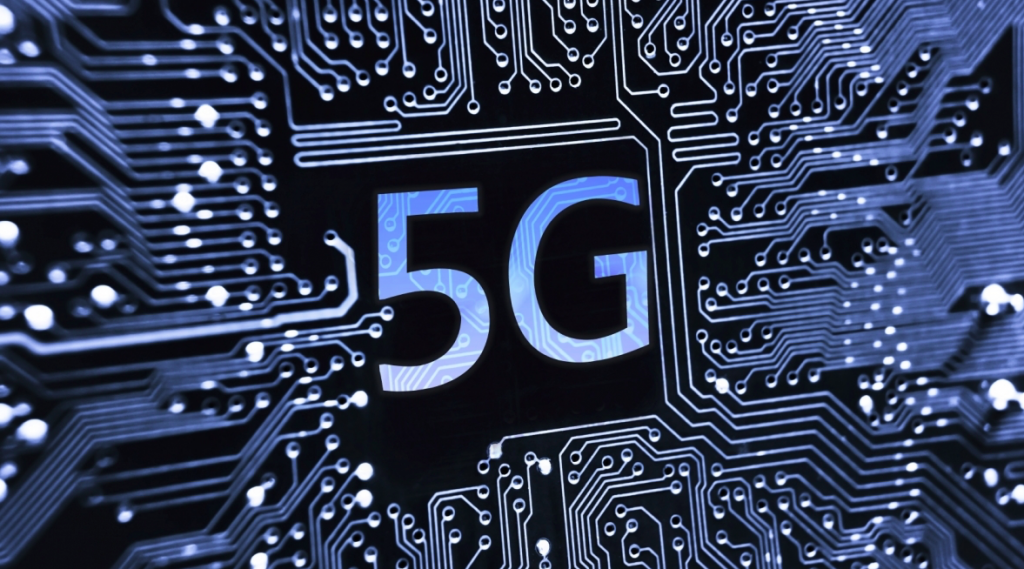The Internet of Things (IoT) has already started to add a whole new level of convenience to our lives. Many industry experts, consumers, and organizations have already pegged the Internet of Things as a revolution in the Internet and wireless technology. IoT has become a change agent in many industries and it has started restructuring the way businesses, governments, automobiles, user electronics, and consumers interact with the physical world. Using IoT, businesses and governments across the globe are going to focus on increasing the quality of life, productivity, and decreasing costs.

IoT has already gained a great foothold compared to the past couple of years. IoT-based devices are rapidly growing and as of today, over a billion devices are connected to each other on the Internet of Things. And this is just the beginning as it is estimated that these numbers will hike up exponentially in the coming years. IoT is now the tech world’s most common buzzword, and we’ve just started to see its potential. However, there are certain barriers that are keeping IoT from unleashing its true potential. Although IoT improvements in 4G LTE are occurring at a steady pace, there are few aspects such as disconnected systems, lower data rates, end-to-end latency, network coverage, and performance that need to be improved to connect a wide range of devices using IoT.
All these aspects, which are the major requirements to pace up IoT, are expected to come into existence with the coming 5G network technology. Properties such as increased data rates, coverage, and low latency, which are particularly important for many applications of IoT, are expected to be prebaked with 5G.

Although we currently have seamless short-range connectivity standards such as UWB, Bluetooth, and more, they might not be able to source IoT applications. Internet of Things requires long-range communication techniques to connect devices. And if we talk about a bigger picture, like smart cities and autonomously connected automobiles, a unified framework for seamless connection is required. 5G is a very good technology to provide this unified framework. And, therefore, Internet of Things will be the ideal application for 5G.
Expected features of 5G that will benefit IoT
Faster response time
IoT is all about speed, efficiency, awareness, and responsiveness to events. To provide these efficient and fast responses, the devices need to connect using high-speed Internet with faster response times. With 5G providing faster response times to devices, IoT can boost output, power, service levels, and safety in various industries such as mining, manufacturing, oil and gas, utilities, and transportation.
Low end-to-end latency
Latency is the lag or time taken for a data package to go from one specific point to another. That can be from an operator’s antenna to your smartphone or from one autonomous device to another. 5G promises to have a maximum latency time of one millisecond, compared to about 10 milliseconds in 4G technology. Low latency is essential in IoT-based applications such as connecting self-driving autonomous cars, triggering remote sensors, and more.
Wide range of application support
5G networks will come with a wide range of application support, including a new range of communication as machine type communication (MTC) applications. These MTC applications can be either massive or critical, depending on the characteristics and requirements.
Massive MTC applications typically involve a large number of devices including sensors, home appliances, actuators, and more. Critical MTC applications correspond to applications involving high safety such as control of critical infrastructure, industrial processes, and vehicle management in traffic. To handle these kinds of varied applications, a much more powerful and reliable network is needed, which is expected to land with 5G.
Ubiquitous connectivity
Ubiquitous connectivity is having active connections everywhere and connecting every device. Ubiquitous connectivity provides us new benefits and allows mobile networks to be more productive, highly available, cost-effective, and resource and environmentally aware. Currently, many industries have started to understand the benefits of interconnecting devices to increase the productivity and efficiency, thus, paving way for an even more massive Internet of Things.
Better speeds and higher efficiency
When compared to the existing 4G LTE speeds, 5G can support a 12-fold increased speed. 5G network technology is also going to be very efficient and reliable when it comes to providing high-speed network bandwidth to the supported device.
Support for heterogeneous network services
Although 4G LTE supports heterogeneous networks, it still needs to cover various other network protocols and devices under its reach. This is expected to be addressed with 5G technology. Better support for heterogeneous network services is vital and is essential for connecting varied devices.
All these features will not just reshape the telecommunications field, but will also provide a platform to create a massive Internet of Things.
Wireless mobile technology has been developing rapidly. Having a glimpse at the past, 2G network was meant for voice, 3G for voice and data, and 4G for broadband Internet experience. But none had computing capabilities embedded within them. With 5G, we might possibly see computing capabilities fused with the wireless communications.
Not here yet, but coming soon
The exact timeline when 5G technology will be commercially deployed is not confirmed. The work is still in progress. Meanwhile, almost all the mobile industry leaders such as Qualcomm, Verizon, AT&T, and others are working together to ensure the next generation of 5G networks can support a wide range of services and applications. These networks must be able to seamlessly communicate, integrate, and interoperate with each other to stay connected. Many experts and telecom giants believe that we cannot expect widespread 5G coverage until the 2020s. 5G network expansion will rapidly fuel the growth of IoT and contribute in reshaping a better future and better standards of human lives.
Photo credit: Shutterstock



